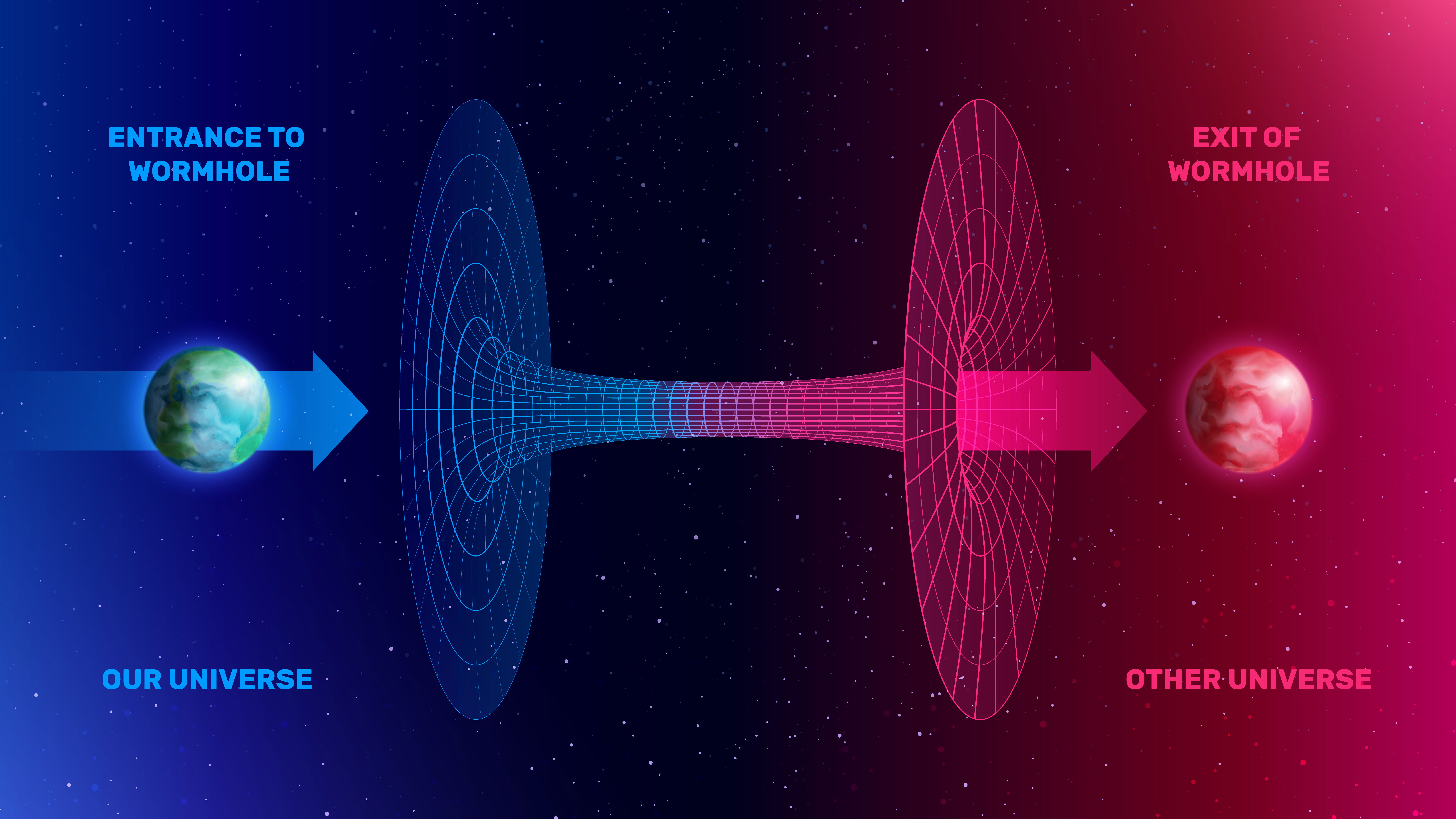Gravitational Wave Research: Updates on LIGO and Discoveries
Introduction to Gravitational Wave Research
Gravitational waves—ripples in spacetime caused by massive cosmic events like black hole mergers—were first directly detected by the Laser Interferometer Gravitational-Wave Observatory (LIGO) on September 14, 2015. This breakthrough confirmed Einstein's general relativity and opened a new era of "multi-messenger" astronomy, allowing scientists to "hear" the universe. As of September 2025, LIGO, in collaboration with Virgo and KAGRA (LVK), has detected over 200 signals during Observing Run 4 (O4). This article covers recent updates, key discoveries, technological advances, and the future of the field, making it accessible for enthusiasts.
LIGO: The Heart of Gravitational Wave Detection
LIGO operates two massive detectors—one in Hanford, Washington, and one in Livingston, Louisiana—each with 4 km-long arms forming an L-shape. Lasers bounce between mirrors at the ends, measuring tiny changes in arm length (as small as 1/10,000th the width of a proton) caused by passing gravitational waves. These waves stretch and squeeze spacetime, altering the light path and creating interference patterns.
- How It Works:Predicted by Einstein in 1916, gravitational waves carry energy from events like colliding neutron stars or black holes. LIGO's sensitivity has improved dramatically since 2015, now detecting waves from billions of light-years away.
- Collaborations: LVK includes Virgo (Italy) and KAGRA (Japan), forming a global network for better source localization.
- Impact: Over 90 confirmed detections to date, mostly black hole mergers, have revealed a "mass gap" between neutron stars and black holes, challenging formation theories.
Milestone: September 2025 marks the 10th anniversary of LIGO's first detection (GW150914), a binary black hole merger 1.3 billion light-years away.
Recent Updates on LIGO's Operations
LIGO's O4 run, the longest to date, began May 24, 2023, and is scheduled to end November 18, 2025, after extensions for overlap with observatories like Rubin. A mid-run break from April 1 to June 11, 2025, allowed upgrades, including new light baffles at Livingston to reduce noise.
- O4 Progress: As of March 19, 2025, LVK announced the 200th gravitational wave candidate, with over 120 confirmed detections so far—more than all previous runs combined. Event candidates are shared publicly within minutes via apps and databases like GraceDB.
- AI Advancements: In September 2025, Caltech and Google DeepMind developed "Deep Loop Shaping," an AI method to suppress noise in LIGO's detectors, potentially increasing sensitivity and discovery rates. This could lead to more black hole discoveries by filtering quantum noise.
- Awards and Losses: Fred Raab, former LIGO Hanford head, received the 2025 Richard A. Isaacson Award for gravitational-wave science. Tragically, co-founder Rainer Weiss passed away on August 25, 2025.
O4 Schedule: After resuming June 11, 2025, observations continue through November, with O5 planned for late 2025 or 2026, featuring further upgrades.
Key Gravitational Wave Discoveries in 2025
O4 has yielded exciting events, probing black hole populations and testing relativity.
GW250114: A Decade of Progress
On January 14, 2025, scientists detected this signal from two ~33-solar-mass black holes merging into a 63-solar-mass remnant, which traveled 1.3 billion light-years. LIGO measured the progenitors' spins and the final black hole's "ringdown" vibration, confirming general relativity's predictions—no violations in horizon area increase.
- Significance: Highlights LIGO's 10x sensitivity gain since 2015; the 2015 GW150914 signal (top plot) contrasts with GW250114's clarity (bottom plot).
- Implications: Maps black hole mass distributions, suggesting more intermediate-mass mergers than expected.
The Mass Gap Event (GW230518_125908)
From May 2023 (analyzed in 2025), this neutron star-black hole merger (2.5–4.5 solar masses) filled the "mass gap" between neutron stars (~1.4 solar masses) and black holes (~5 solar masses). The first single-observatory detection (LIGO Livingston; Hanford offline) was made.
- Details: 80+ O4 candidates analyzed; paper published April 2025.
- Breakthrough: This challenges existing formation models, as no electromagnetic counterpart has been detected.
GWTC-4.0 Catalog
Released August 26, 2025, this update includes O4's first-half data, adding to 218 total signals across runs. It features supernova-linked searches (e.g., SN 2023ixf) and neutron star-black hole candidates.
- Stats: O4's rate: 1–2 detections/week, vs. O3's 1/month.
- Public Data: Available at GWOSC, with alerts via GCN.
Recent X Buzz: Enthusiasts discuss GW250114's ringdown as "hearing spacetime," with APOD features inspiring awe. Debates on gravity's nature persist, but LIGO's evidence is robust.

Technological and Scientific Advances
- Noise Reduction: Deep Loop Shaping AI (September 2025) tackles quantum noise, potentially doubling LIGO's range.
- Global Network: LIGO-India (INDIGO) construction starts in 2026, improving localization.
- Future Runs: O5 (late 2025/2026) targets 10x more detections; LISA (space-based, 2035) for supermassive black holes.
- AI Integration: An ArXiv paper (June 2025) explores AI for signal detection, addressing O4's data volume (1 petabyte/day).
Events: GWPAW 2025 (December, Georgia Tech) and the 10th Anniversary Conference (September 15–17, Mallorca) celebrate milestones.
Implications for Astrophysics and Beyond
- Black Hole Insights: O4 reveals asymmetric spins and mass gaps, suggesting dynamic formation environments.
- Multi-Messenger Astronomy: Future ties with telescopes (e.g., Rubin) for electromagnetic follow-ups.
- Real-World Applications: LIGO tech advances precision sensors, earthquake detection, and quantum computing.
Challenges: Funding uncertainties may delay O5; noise limits faint signals.
Resources for Enthusiasts
- Websites: LIGO News (ligo.caltech.edu/news), GWOSC (gwosc.org).
- Apps: Gravitational Wave Alerts for real-time notifications.
- Books: Ripples in Spacetime by Martinisi and Thorne (~$20).
- Communities: Reddit’s r/LIGO, X (#GravitationalWaves).
- DIY: Simulate waves with PhET (phet.colorado.edu); analyze open data via Python tutorials.
Tip: Follow LVK alerts for live detections.
The Future of Gravitational Wave Research
With O4 wrapping up and O5 on the horizon, LIGO aims for 1,000+ annual detections by 2030. Space-based detectors like LISA will probe low-frequency waves from supermassive mergers. AI and global expansions promise a richer "soundtrack" of the universe, testing relativity and unveiling hidden cosmos.
Conclusion
LIGO's 2025 milestones—200 O4 candidates, GW250114's spin measurements, and AI noise reduction—underscore gravitational waves' transformative power. From black hole symphonies to spacetime's whispers, these discoveries invite us to listen to the universe's deepest secrets. Stay tuned via LIGO's feeds; the next ripple could rewrite astrophysics.